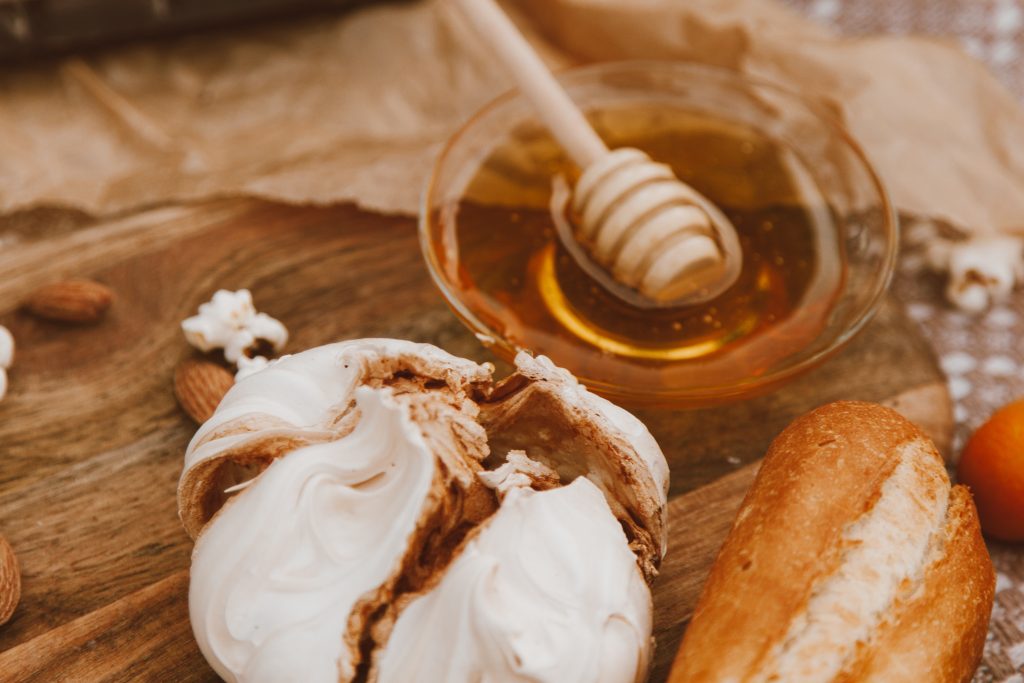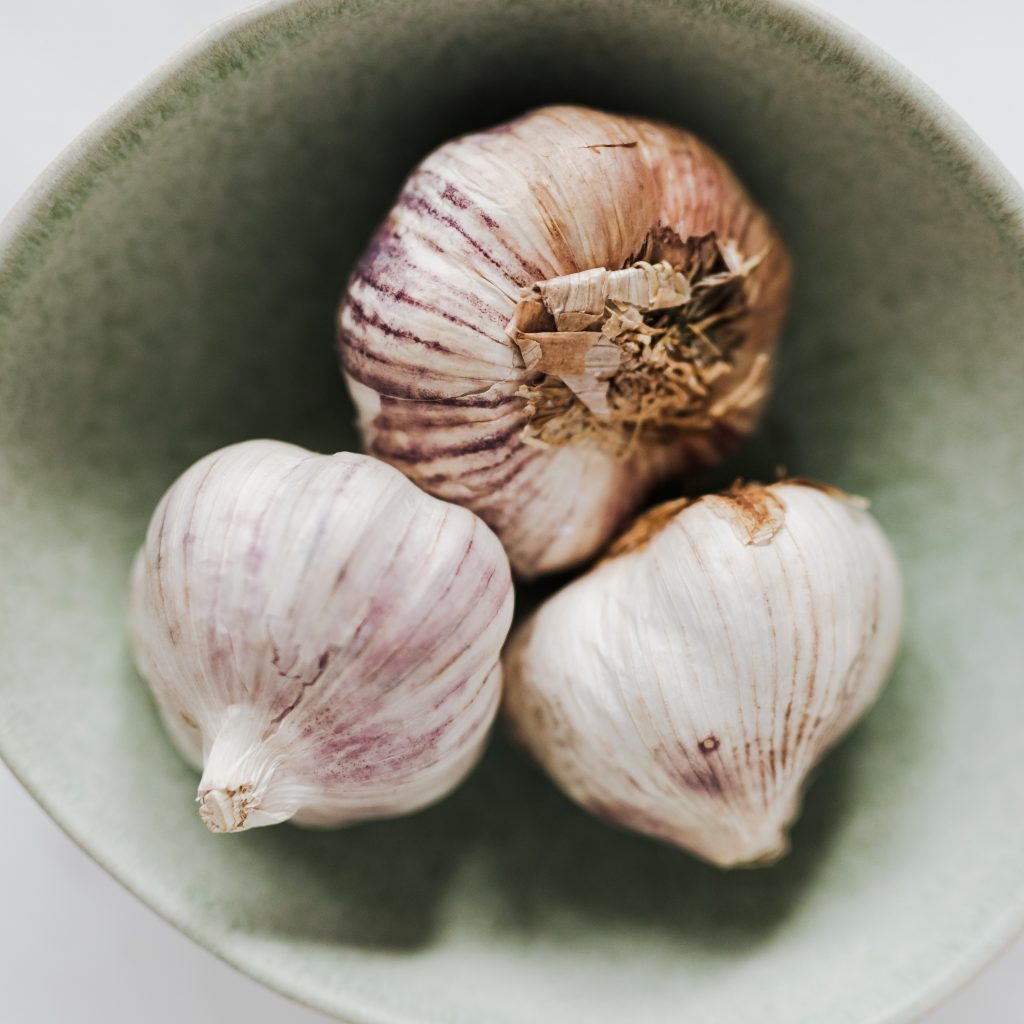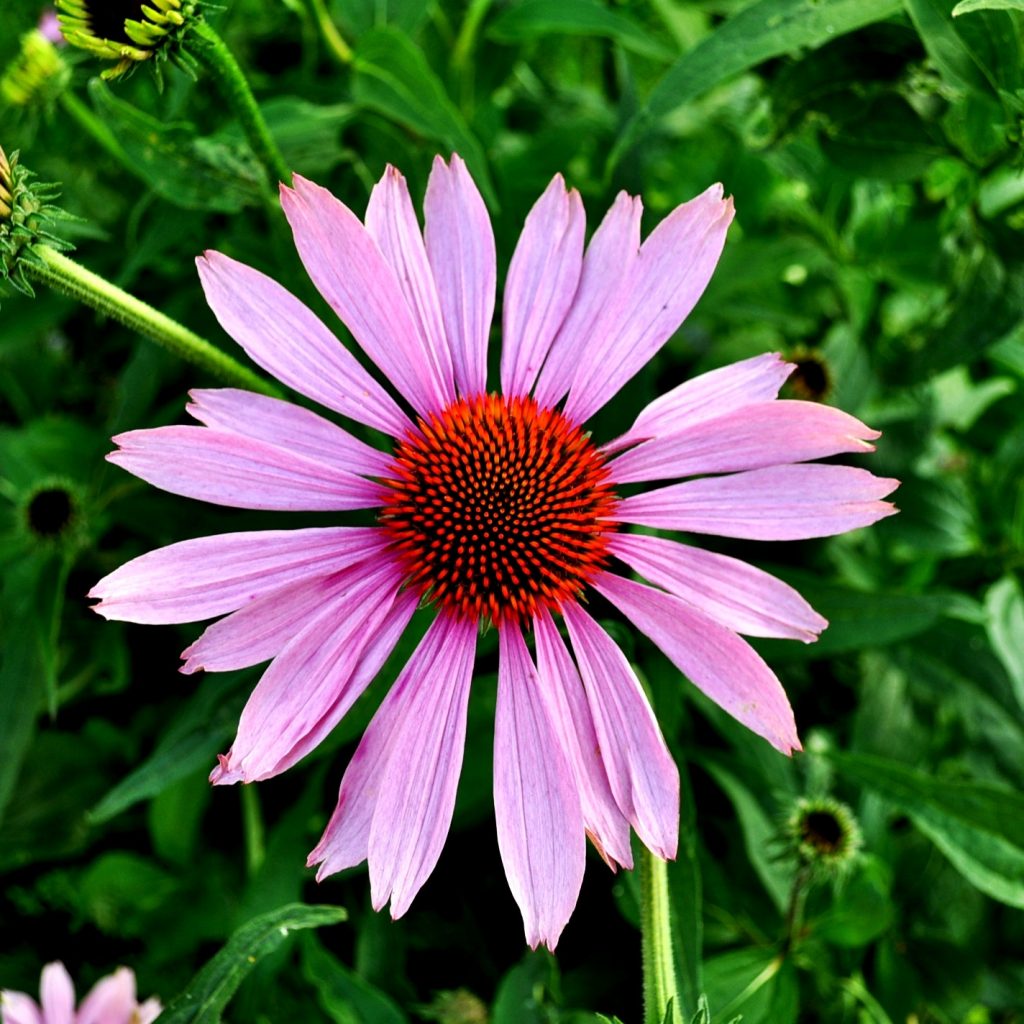With winter around the corner, it doesn’t take much to catch a virus or a cold, and it wouldn’t be strange if your toddler developed a runny nose, cough, or sore throat. As the COVID-19 pandemic spreads, this becomes much more of an issue. The combination of nasal congestion, chills, fever, and bodily ache can be debilitating.
Discover what people worldwide do for natural cold, cough, and flu remedies. Numerous home treatments might relieve your symptoms and return you to normalcy. If you are still sick after a few weeks, make an appointment with your doctor. Seek medical attention as soon as possible if you are experiencing difficulty breathing, have a rapid heartbeat, feel faint, or have other severe symptoms.

1. Honey for coughs and illnesses
Honey is a natural cough suppressant. Indeed, studies have shown that honey is just as effective as a typical cough suppressant component. Honey has antimicrobial qualities that can help combat illnesses. Try the South Indian spicy honey on a teaspoon of honey, sprinkle powdered ginger and black pepper. Using your spoon, lick it clean. Or simple Ghanaian honey tea is the best; combine honey with warm water, and it’s ready to combat that cold.

2. Bite a garlic
Garlic’s antibacterial and antiviral properties may aid in treating a common cold. In one study, those who took a daily garlic pill for three months had fewer colds than those who received a placebo. Garlic has long been used to cure colds and flu in folk medicine. People can consume raw garlic, cook it into their meals, or take supplements. Unless a person is allergic to garlic, it is usually safe to use. Fresh garlic may be found in most supermarkets. Garlic pills are available online for those who dislike the flavor of garlic.

3. Stay hydrated
Staying hydrated is the most straightforward recommendation for recovering quickly from a cold or flu virus. Your body has a natural ability to drain germs out of your system when you are hydrated. It is advised that you drink 64 ounces of liquids each day, but consult with your doctor about your unique requirements. Some persons, such as those suffering from congestive heart failure, should consume less water.

4. Take care of your nose
Rinsing with salt water helps break up nasal congestion while also eliminating bacteria and virus particles. Here’s a tried-and-true recipe:
- In 8 ounces of warm water, combine 1/4 teaspoon salt and 1/4 teaspoon baking soda.
- Squirt water into your nose with a nasal irrigation device or bulb syringe.
- Lightly pinch one nostril while squirting the salt mixture into the other.
- Allow it to drain.
- Repeat two to three times more before moving on to the other nostril.

5. Get that Vitamin C
Vitamin C is essential to your body and has numerous health advantages. Like oranges, grapefruits, leafy greens, limes and other fruits and vegetables, lemons are high in vitamin C. When you’re sick, incorporating hot tea with honey and freshly squeezed lemon juice may help minimize phlegm. Drinking normal or warm lemonade may also be beneficial.
While these beverages will not cure your cold, they will help you receive enough vitamin C your immune system craves. Getting enough vitamin C can help you recover from upper respiratory infections and other ailments.

6. Humidity
Dry settings favour influenza growth and transmission. Increasing humidity in your house may help limit flu virus exposure. It may also help ill people breathe easier by reducing nose inflammation. A cold mist humidifier in your bedroom may help you feel more at ease. In the winter, dry interior heat can worsen symptoms. A few drops of eucalyptus oil may also help.

7. Gargle
Gargling might temporarily relieve a sore throat. 1 teaspoon salt in warm water four times daily Try gargling with an astringent, like tannin-rich tea, to soothe the throat. Stir 1 tablespoon lemon juice into 2 cups hot water with 1 teaspoon honey. Gargle the mixture at room temperature.

8. Echinacea
Even if recent research questions its effectiveness for colds and flu, echinacea remains a popular plant. At the first hint of symptoms, herbalists frequently recommend taking three or more grammes of echinacea every two to three hours. After a few days, the dose is normally lowered and repeated for a week. Echinacea is featured in Airborne, an over-the-counter vitamin and herb supplement.




